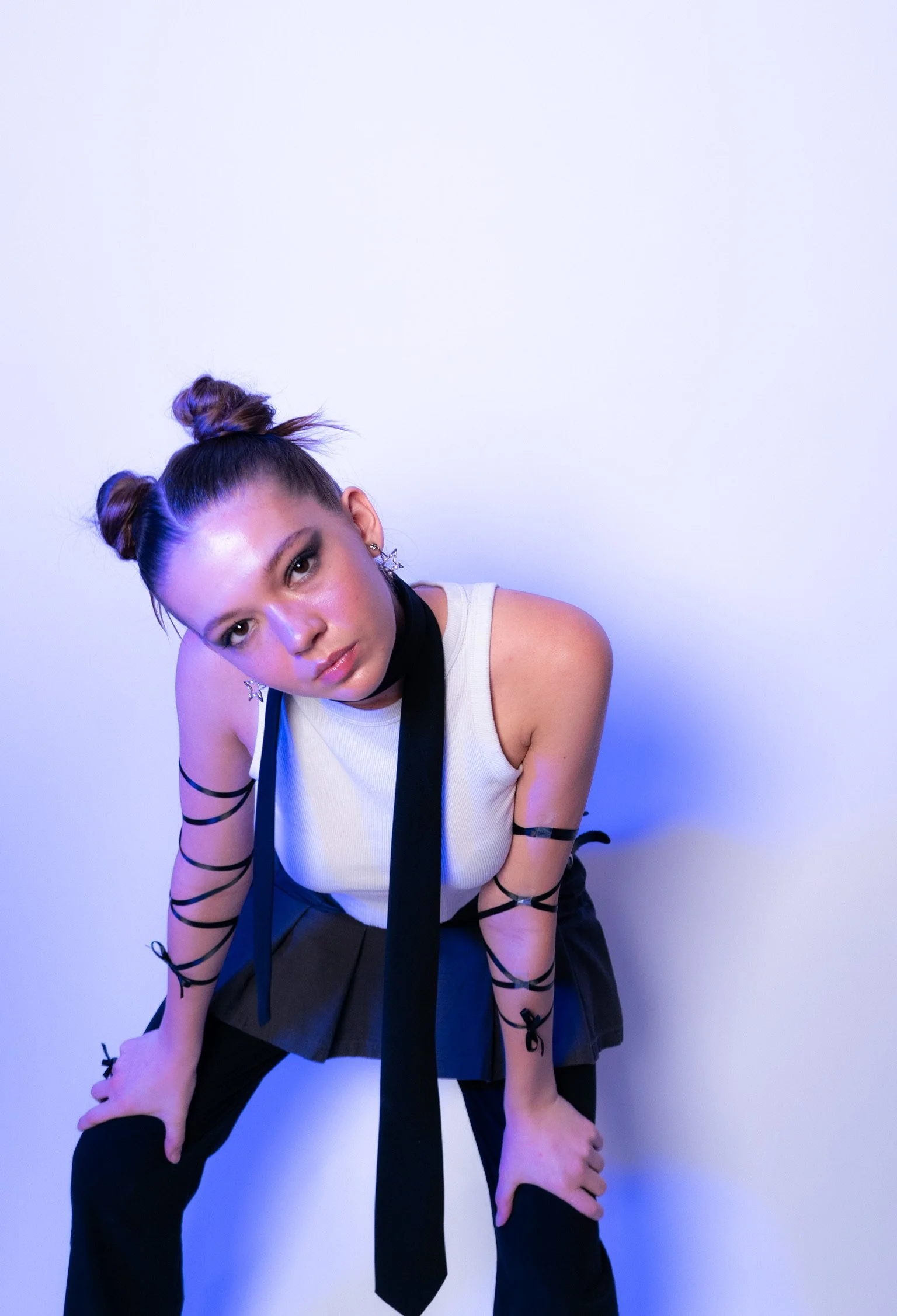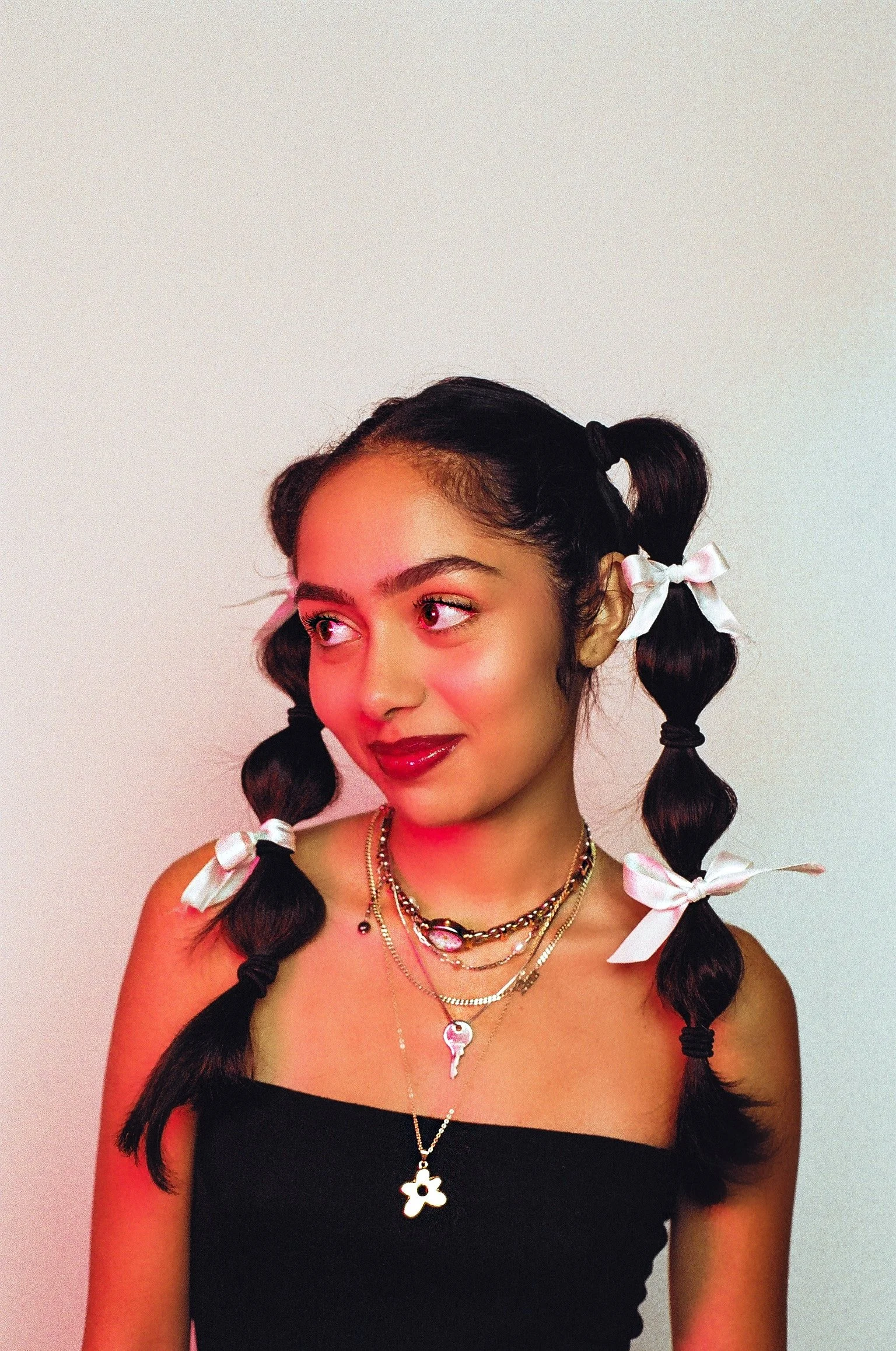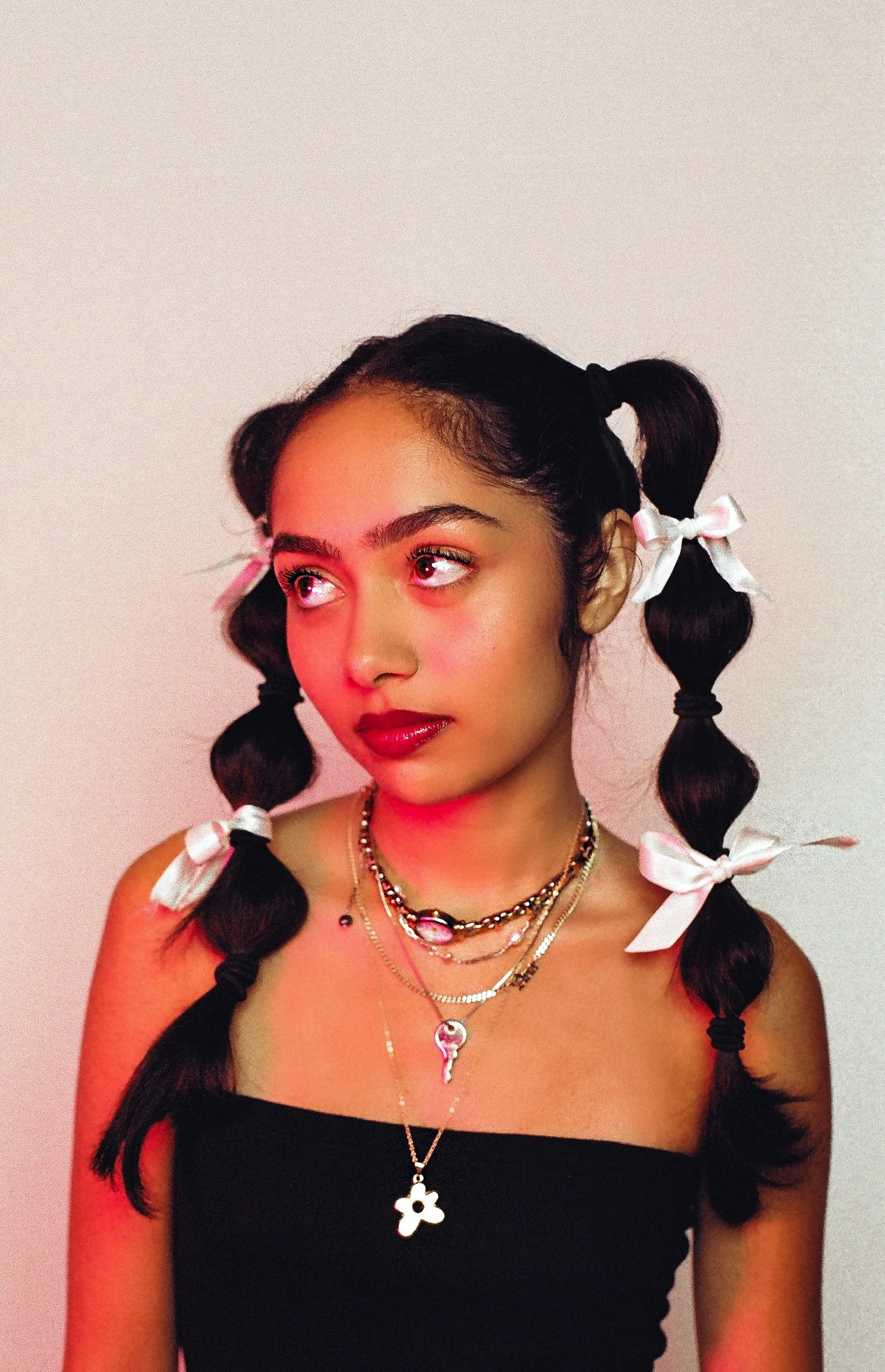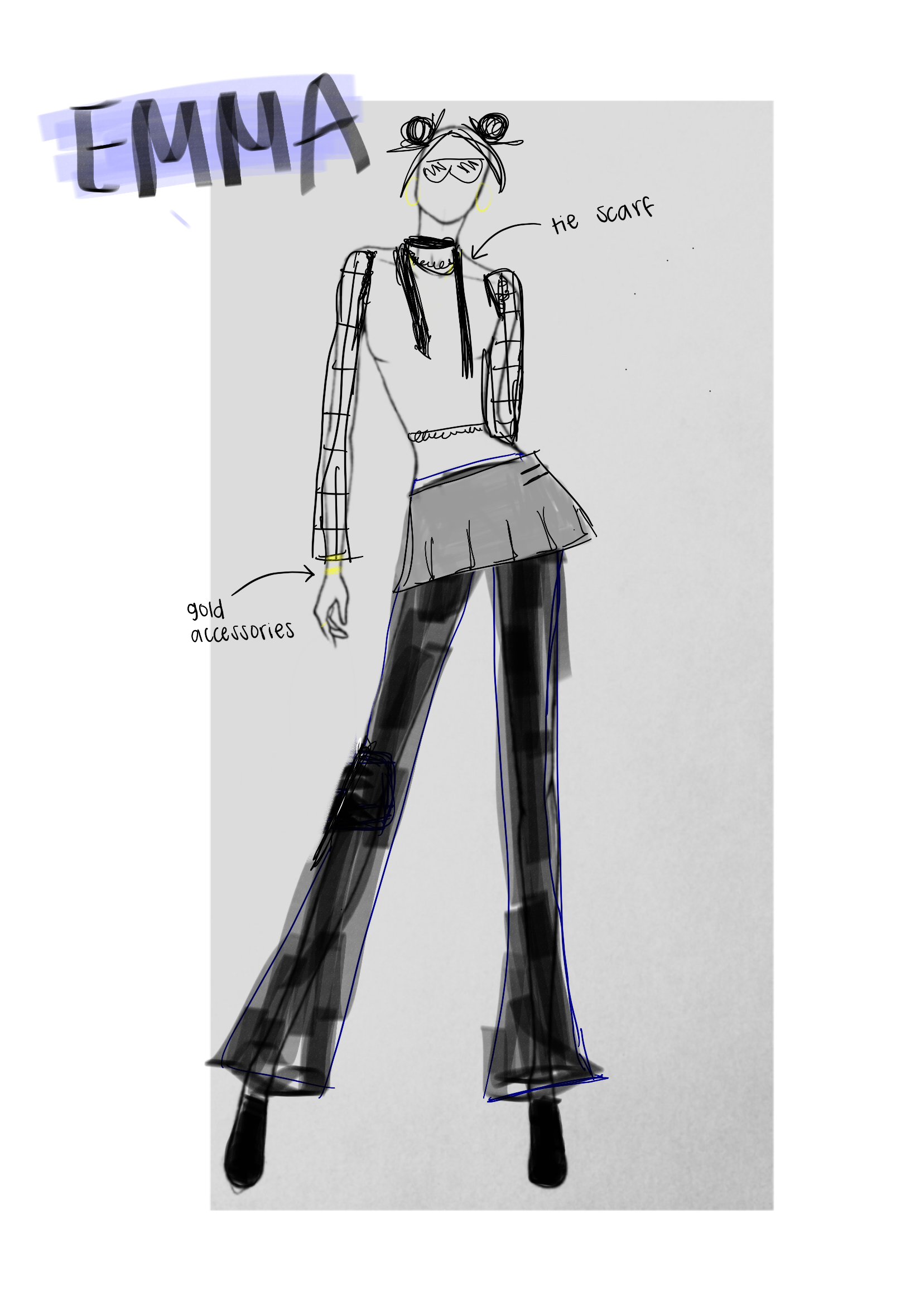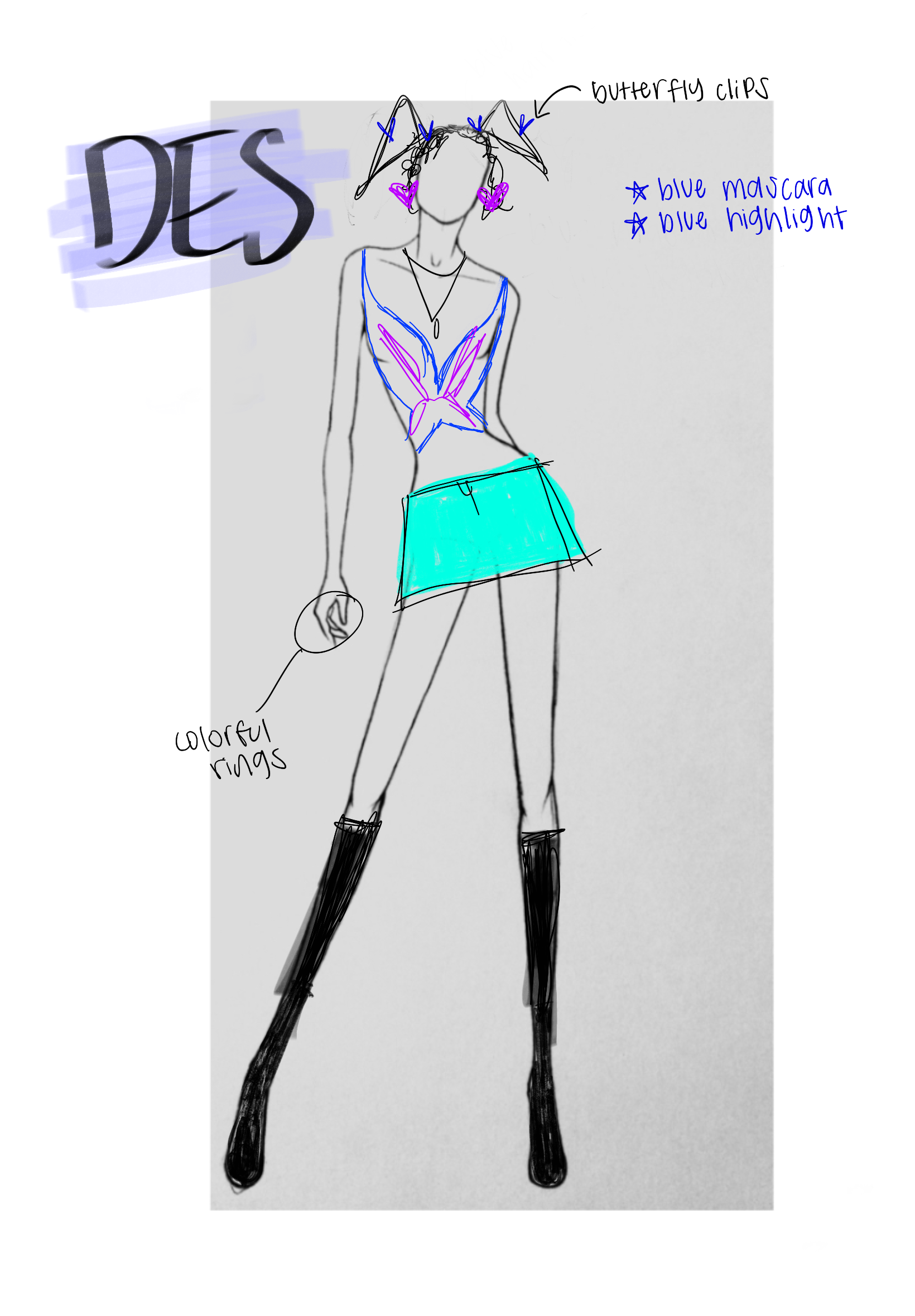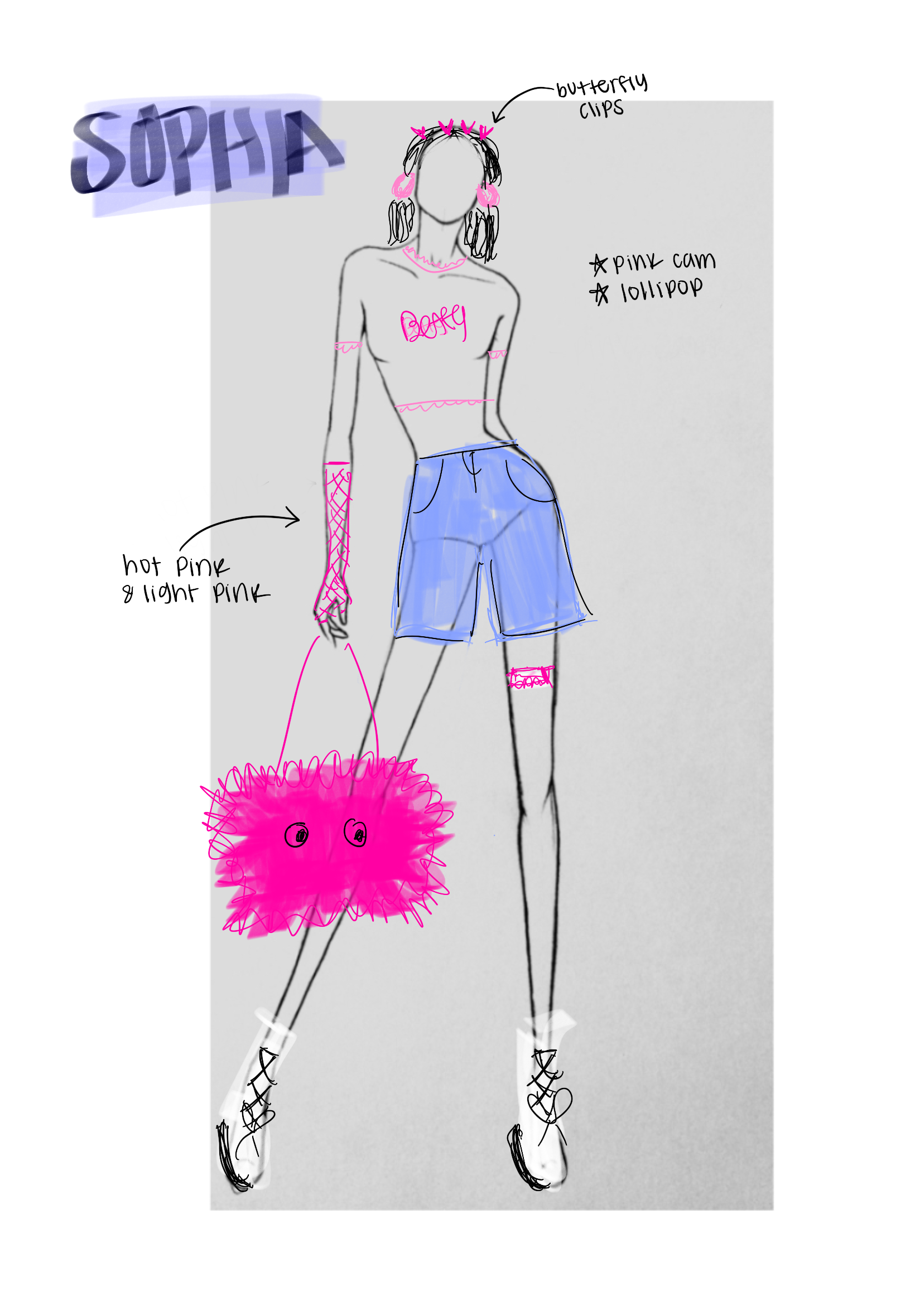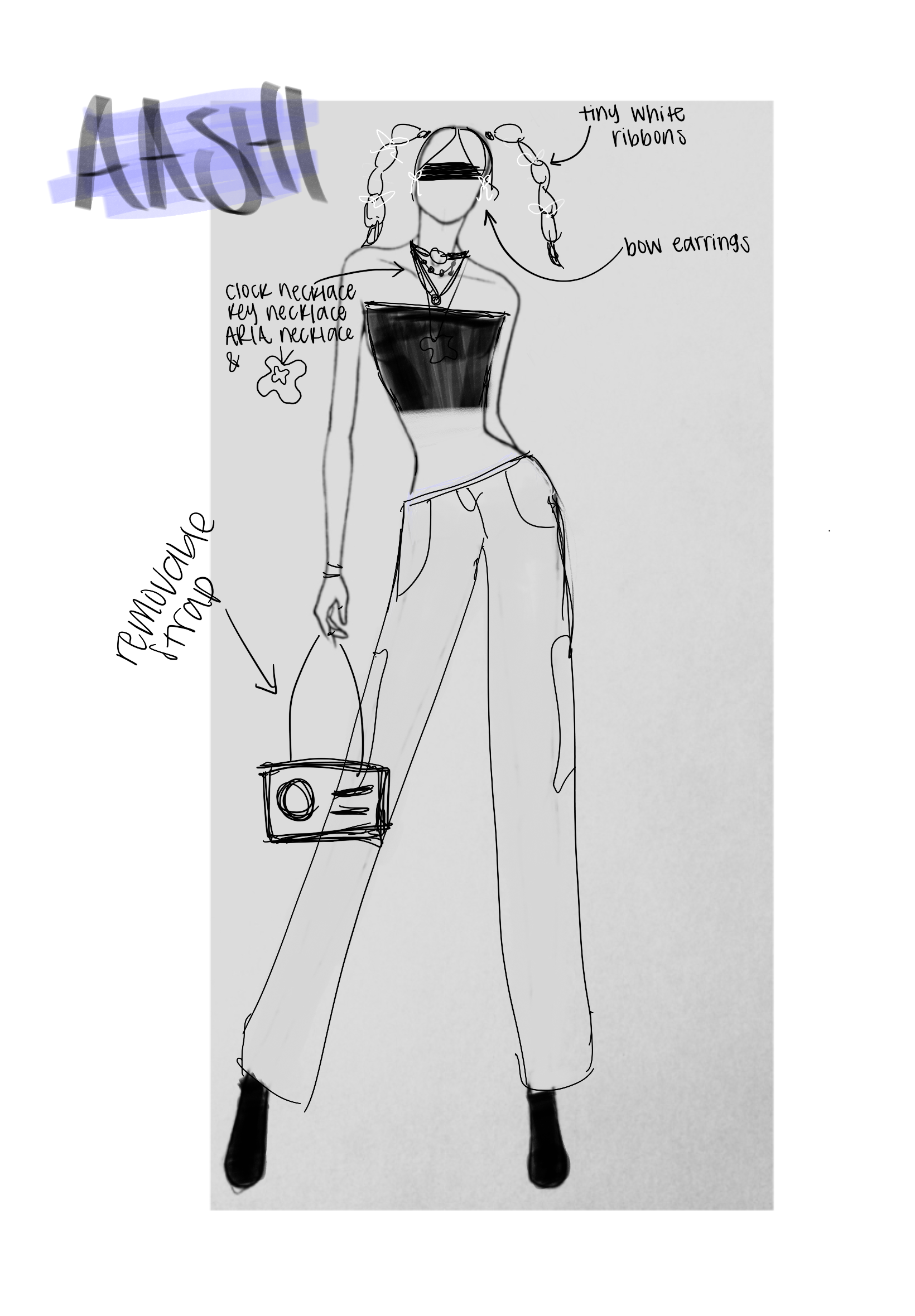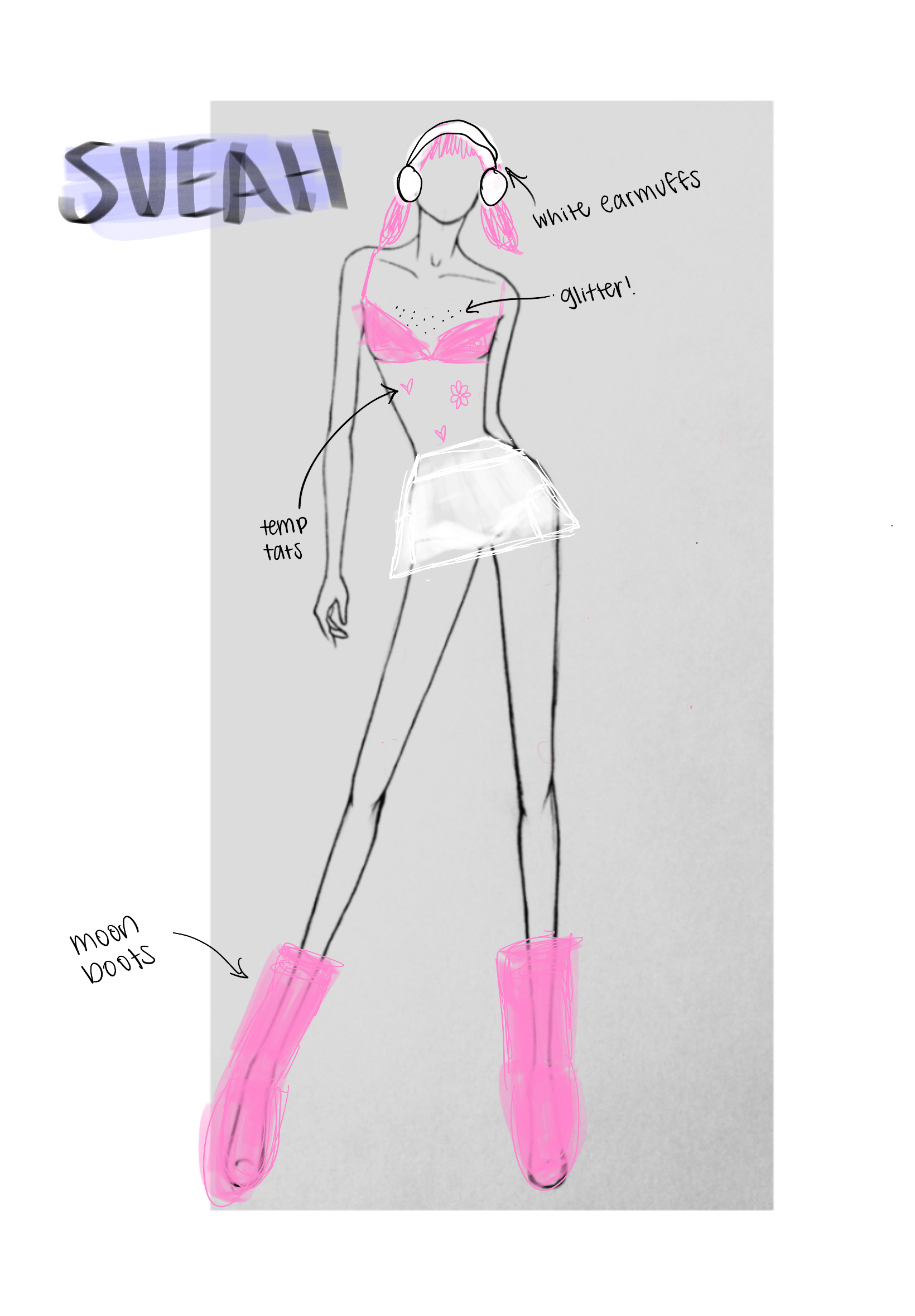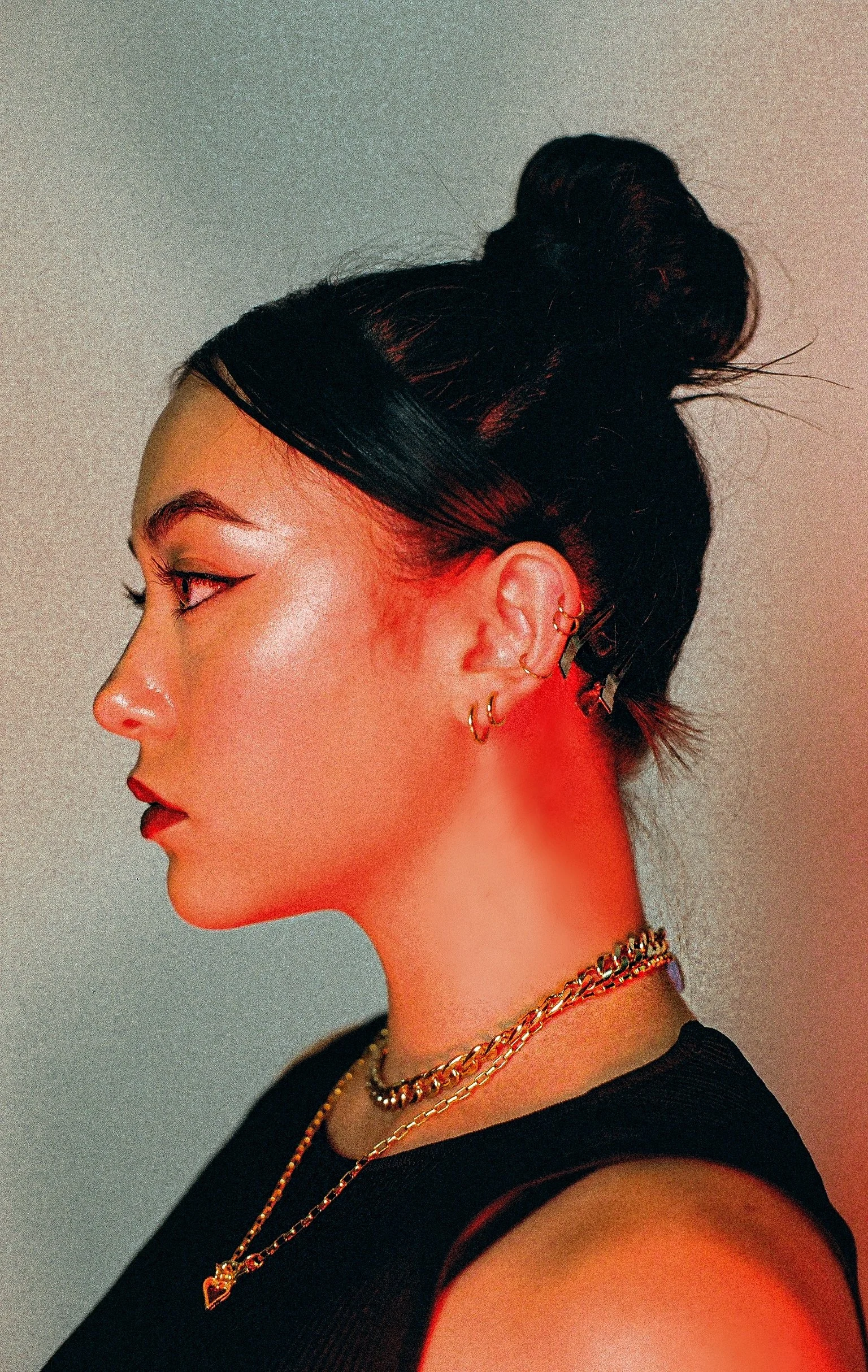
The Year 2000 Problem
When computer programs were first being developed in the 1960s, software engineers used two digits to code dates— 1973 was just ‘73, 1999 was just ‘99. Data storage was expensive, and short-handing dates was an easy way for engineers to cut costs. By the ‘90s, computer engineers began to worry that computer systems would not be able to understand the year 2000; computers would process the year as 1900, and all systems that were programmed on a daily or yearly basis would malfunction as a result. This became known as the Year 2000 Problem.
Banks, power plants, flights, nuclear facilities… Some of the world’s most integral and impactful sectors were controlled by technology that was programmed by the day or year. Everything from the economy to transport to government relied on computers, and system failures were predicted to have devastating and unpredictable consequences. Government files could be lost, prison gates could swing open, thousands of dollars could be transferred out of bank accounts; the Year 2000 Problem had the potential to trigger a global apocalypse.
And so it was treated as such. In the days leading up to the turn of the millennium, people hoarded food, withdrew large sums of cash, and created survival kits. On New Year’s eve, 1999, the world waited anxiously for the apocalypse to begin…
But nothing happened.
Amidst the panic, software engineers and information technologists had worked tirelessly to fix the problem; some efforts began as early as the 80s. The internet apocalypse was avoided due to widespread preventative efforts, public awareness, and a large allocation of government funds towards the issue— the same measures that could prevent the climate “apocalypse”.
A modern take on Y2K, cybercore, and futurism aesthetics, MadewithCare’s second issue envisions a solution for our future by revisiting our past. What looks familiar? What’s changed? How was the apocalypse stopped then?
Can it be stopped now?

Putting Together the Looks
On the night before MadewithCare’s second
shoot, Becca Solomon and I were on the floor of her Weinstien Hall dorm room brainstorming outfits for the following day. Equipped with our conjoined closets, an iPad, and shitty-knock-off-Chick-fil-a from our dining hall, we spent several hours creating the six outfits that brought this volume’s theme to life.
These looks are a culmination of Becca and I’s personal styles, early 2000s aesthetics, and today’s trends.

A blend of cyberpop, 2000s hits, and some personal favorites!
Acknowledgements
Sarah Wills (she/her) is a photographer who specializes in film photography. She shoots concerts, and has shot Phoebe Bridgers, Lucy Dacus, and Bleachers (her favorite band!)
Spencer Mulvaney (she/her) is a photographer and videographer. She’s from the Washington DC area and attends Gallatin at NYU.
Becca Solomon: Co-Stylist
Becca Solomon (she/her) is a student at NYU Gallatin who is studying intersection between fashion and sociology. She is interested in understanding fashion's cultural impact.
Aashi Khandelwal: Model
Aashi Khandelwal (she/her) is a student at NYU who is studying Media, Culture, and Communication. She is passionate about curating Instagram feeds, her dog Ollie, and Taylor Swift.
Kylie Twomey: Model
Kylie Twomey (she/her) is a student at Fordham University who is studying French and fashion business. She's interested in pursuing videography, PR, and marketing-oriented initiatives.
Sophia Pontet: Model
Sophia Pontet (she/her) is an actress who is currently studying drama at NYU Tisch. She's from LA and enjoys going to concerts in her free time.
Emma Duchesneau: Model
Emma Duchesneau (she/her) is an actress who is currently studying drama at NYU Tisch. This is her second madewithcare appearance!
Desmari Miller: Model
Desmari Miller (she/her) is a student at NYU Gallatin. She loves film, fashion, and coloring in her coloring book!
Sueah Whang: Model
Sueah Whang (she/her) is studying Fashion Design at Parsons. This is her second madewithcare appearance!
xoxo,


